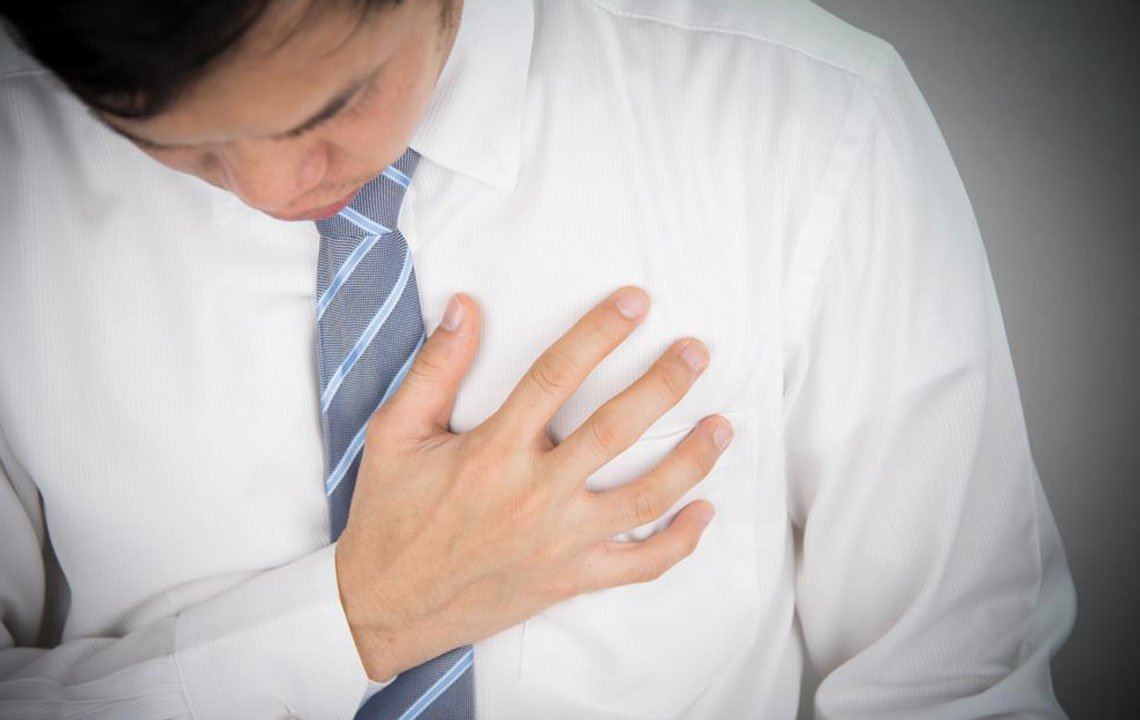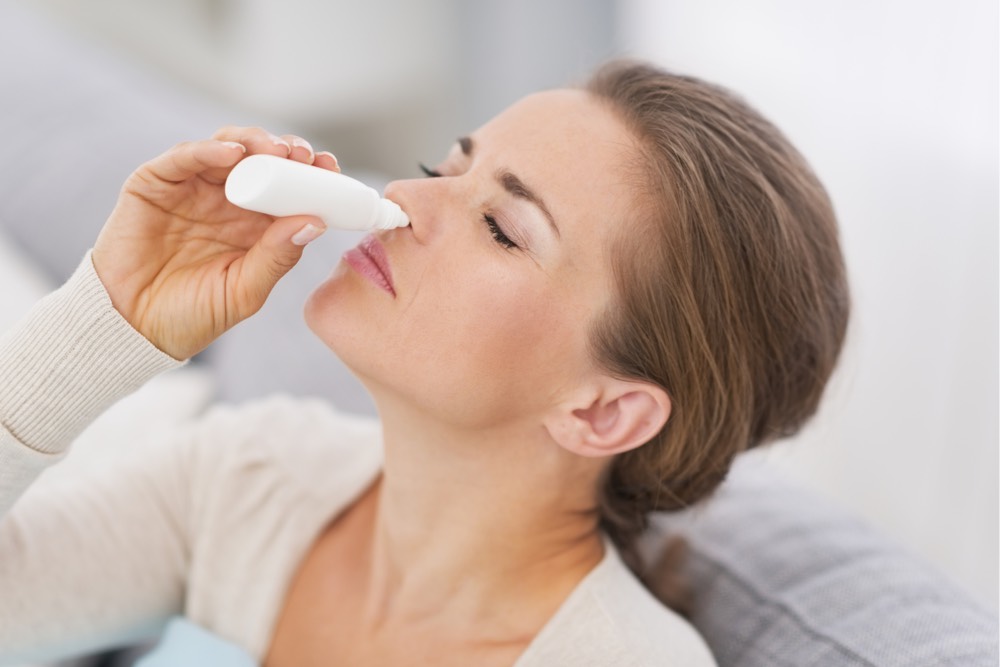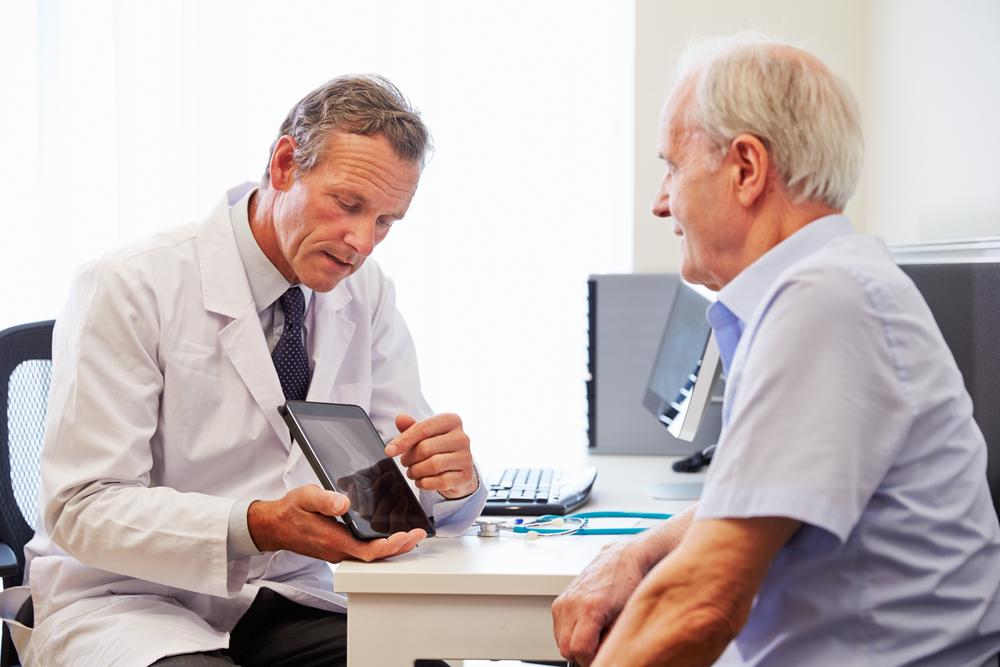Comprehensive Guide to Peripheral Artery Disease: Symptoms, Causes, and Effective Treatment Strategies
This comprehensive article explores peripheral artery disease (PAD), highlighting its symptoms, underlying causes, and treatment options. It emphasizes the importance of early detection, lifestyle changes, and medical interventions such as angioplasty, bypass surgery, and medication. The article serves as a detailed guide for individuals at risk and healthcare providers aiming to improve patient outcomes through proactive management of PAD. Prevention strategies and symptom awareness are vital for reducing disease progression and preventing severe complications, including limb loss, ensuring better quality of life for affected individuals.

Comprehensive Guide to Peripheral Artery Disease: Symptoms, Causes, and Effective Treatment Strategies
Peripheral artery disease (PAD) is a circulatory condition characterized by the narrowing or blockage of arteries that supply blood to the limbs, primarily affecting the legs. This condition impairs blood flow, leading to various symptoms that can significantly impact a person's quality of life. If left untreated, PAD can progress to more severe complications, including ulcers, infections, and even limb loss. Recognizing the early signs, understanding the underlying causes, and exploring available treatment options are crucial steps in managing this chronic disease effectively.
Understanding the Symptoms of Peripheral Artery Disease
Early detection of PAD hinges on awareness of its common signs and symptoms. These manifestations often develop gradually, but recognizing them promptly can prevent disease progression and complications.
1. Burning Sensation and Tingling in Feet and Toes
One of the hallmark symptoms of PAD is a burning or tingling sensation, especially in the feet and toes. This sensation often intensifies at night, particularly when lying down, due to impaired circulation. The reduced blood flow hampers the delivery of oxygen and nutrients to nerve endings, resulting in discomfort.
2. Changes in Skin Coloration
Individuals with PAD frequently observe discoloration or darkening of the skin in affected areas. Reddish or bluish hues may appear, indicating poor blood supply. Over time, skin becomes dry, shiny, and thinner, increasing susceptibility to infections and ulcers.
3. Numbness, Weakness, and Muscle Cramps in Legs
As circulation diminishes, the legs may feel numb or weak, particularly after physical exertion such as climbing stairs. Muscle cramps and spasms are also common due to oxygen deprivation in the muscle tissue, worsening with activity and improving with rest.
4. Difficulties with Fine Motor Skills
Tasks that require precise movements, such as writing or buttoning a shirt, may become challenging because of limb pain, cramps, or stiffness. This effect can be particularly noticeable in severe cases where nerve function is impaired.
5. Reduced Hair Growth on Legs
A decrease in blood flow affects the skin and hair follicles, causing hair loss and sparse hair growth on the legs and feet. The skin may also appear pale, dry, and fragile.
6. Weak or Absent Pulse in Legs and Feet
Physical examination often reveals diminished or absent pulses in the affected limbs. This is a direct indicator of arterial narrowing or blockage and is a critical diagnostic sign used by healthcare providers.
7. Slow Wound Healing and Ulcers
Impaired circulation hampers the body's ability to heal cuts, bruises, and ulcers. Small wounds may persist longer than usual, increasing the risk of infections, which can lead to severe complications if not managed promptly.
Understanding the Causes and Risk Factors of PAD
Identifying the causes and risk factors associated with PAD is vital for prevention and early intervention. Several health conditions and lifestyle choices contribute to the development of this disease.
1. Elevated Blood Pressure (Hypertension)
Chronic high blood pressure damages arterial walls, promoting the formation of plaques and narrowing of vessels, thereby increasing PAD risk.
2. Diabetes Mellitus
Diabetes significantly accelerates atherosclerosis, the process of plaque buildup within arteries. Diabetic patients are at twice the risk of developing PAD, especially with diabetic foot complications that exacerbate circulation issues.
3. Aging Population
The prevalence of PAD increases notably over the age of 50. Aging causes stiffening of arteries and accumulation of arterial plaques, heightening the risk among older adults.
4. High Cholesterol Levels
Elevated low-density lipoprotein (LDL) cholesterol contributes to the formation of fatty deposits or plaques in arteries, narrowing the lumen and reducing blood flow.
Additional Risk Factors include smoking, obesity, sedentary lifestyle, chronic kidney disease, and a history of cardiovascular disease. These factors compound the risk of developing PAD and underscore the importance of managing overall vascular health.
Effective Treatment Strategies for Peripheral Artery Disease
Managing PAD encompasses a combination of lifestyle modifications, medications, and in some cases, surgical procedures. Treatment aims to relieve symptoms, improve blood flow, and prevent disease progression and complications.
1. Angioplasty and Stenting
This minimally invasive procedure involves threading a catheter to the narrowed artery, where a balloon is inflated to widen the vessel. Often, a stent—a tiny mesh tube—is placed to keep the artery open. Angioplasty is most effective when blockages are mild to moderate.
2. Atherectomy
In this surgical technique, specialized tools remove plaque from the arterial walls, restoring blood flow without the need for open surgery. Atherectomy is suitable for certain types of plaque buildup and can be combined with angioplasty.
3. Lifestyle and Medical Management
Controlling underlying conditions like diabetes, high cholesterol, and hypertension is essential. Medications such as antiplatelet agents (aspirin), cholesterol-lowering drugs (statins), and blood pressure medicines help slow disease progression.
4. Bypass Surgery
For severe or multiple blockages, bypass surgery creates a new route around the obstructed artery using healthy blood vessels, often harvested from the leg or chest. This procedure significantly improves blood flow and relieves symptoms in advanced cases.
5. Thrombolytic Therapy
This involves administering clot-dissolving medications to eliminate blood clots that obstruct arteries, especially in acute limb ischemia cases.
Preventive Measures and Lifestyle Changes
Adopt Heart-Healthy Eating Habits – Focus on consuming lean proteins, fresh vegetables, fruits, whole grains, and healthy fats like olive oil. Limit intake of processed foods, saturated fats, sugary snacks, and fried foods to reduce plaque formation.
Engage in Regular Physical Activity – Routine exercises such as walking, swimming, or cycling enhance circulation, help manage weight, reduce blood pressure, and improve overall cardiovascular health.
Manage Stress Effectively – Techniques such as meditation, yoga, or deep breathing can lower stress levels, which in turn benefits heart health and circulation.
Quit Smoking and Limit Alcohol Consumption – Tobacco use accelerates arterial damage, while excessive alcohol intake can elevate blood pressure and cholesterol levels.
Regular Medical Check-Ups – Monitoring blood pressure, cholesterol, and blood sugar levels can identify risk factors early and allow for timely intervention.
By understanding the symptoms, causes, and treatment options for peripheral artery disease, patients and healthcare providers can collaborate to optimize management strategies. Early detection and proactive lifestyle modifications are key to reducing the burden of PAD and maintaining healthy, active lives.





